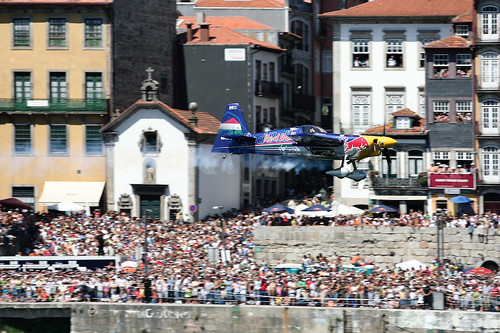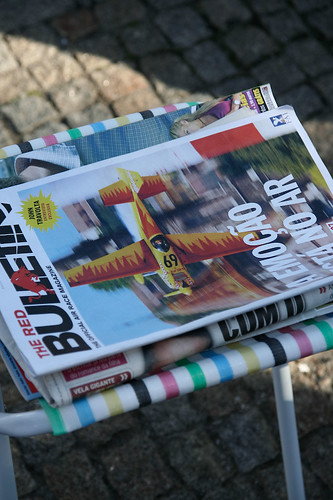This Wednesday 25th Feb marks just 8 months till WikiSym 2009. Planning is underway!
Florida! Disney!
We alternate the conference between being located in Europe and the Americas. This year we’re in fabulous Florida, Orlando to be exact, and right next to Disney World. Co-located with OOPSLA, with WikiSym starting Sunday 25th Oct 2009, and running till Tuesday; OOPSLA spans Weds to Friday. While our membership bases have become very different (OOPSLA is purely a technology conference, but WikiSym’s growth means it constitutes typically only 1/3 technologists), our organizations’ history means we have become good at supporting one other.
Our Conference is evolving
Back in 2005 WikiSym was principally a technology conference: open source enthusiasts and company representatives discussing the technology paradigm. As the years have marched on, Wiki technology has proven itself as a cornerstone tool of Social Media because it radically changes the way society interacts. Stemming from the simplest change of easing the process of constructing interlinked documentation, Wikis facilitate a quick and easy way to document and continually refine, bringing an intranet to life with relevant and far-reaching information that addresses the “long tail of interests” of everyone who reads it.
Companies enthuse at the idea of having “a company centric Wikipedia” and, if they get the culture working, gain real knowledge retention benefits once transparency hits: processes once treated as separate domains are recognised as not just having knock-on effects but living, complex and evolving interdependancies. And once this happens, the wiki is no longer solely a technology, but a paradigmatic mechanism that enables the capture and synthesis of leading edge thought, driving company evolution, and transforming company and industry boundaries.
The very term “Wiki” has shifted from a particular type of technology to a prefix that implicates paradigm of openness, as witnessed by Don Tapscott and Anthony Williams runaway hit, Wikinomics, a book now translated into more than 20 languages. WikiSym ’08 reminded the Gen Y participants that much of the content representation benefits we attribute to Wikis have been in SGML Hypertext for more than 20 years; wikis bring these benefits to the masses.
It’s a natural step to pair Wiki style freeform collaboration with data from the backend systems in the enterprise layering insight and rapid change with hard evidence. We saw tremendous innovations in such integrations, for example, workflowing humans to review machine-translated wiki content.
Diversity is our strength
The growth in diversity of the community at WikiSym continues to thrill me more and more each year.
WikiSym ’07 and ’08 continued to attract an ever broader diversity of audiences. From company decision makers seeking to understand how their businesses can be transformed using a wiki, researchers seeking collaboration opportunities, and wiki vendors keen to team up with their customers to demonstrate and explore the value: people at WikiSym 2008 confirmed to me that it was an amazing event to attend. Many of you will remember the video interviews I conducted: I’ll have something exciting to announce shortly about those interviews!
As the momentum grows, 2009 promises to be an even more incredible year for those of us in the industry.
Planning for 2009
Right now, the organizing committee is in the throes of planning. The Calls For Papers for 2009 is presently active: there is still time for you to create a paper for formal presentation. We are presently establishing Keynote speakers, session leaders, and all those tracks that need a team to prepare.
Are you in Florida? Do you live in or know Orlando well?
2008’s operations went so smoothly because the efforts of the University of Porto students and the coordination of Ademar and his team. Having local knowledge and an engaged local staff makes a world of difference, so we’re reaching out to universities, institutions, local companies and individuals willing and able to lend a hand with logistics. They ensure loose ends are planned for and any issues addresses. So, if you are near to Orlando, we want to hear from you! Please, send us specific ideas about venues for events, hotels, wiki walks, or help us identify people who might be willing to help.
Best regards,
Martin Cleaver, publicity co-chair.
Head Blender, Blended Perspectives
Toronto, Canada






